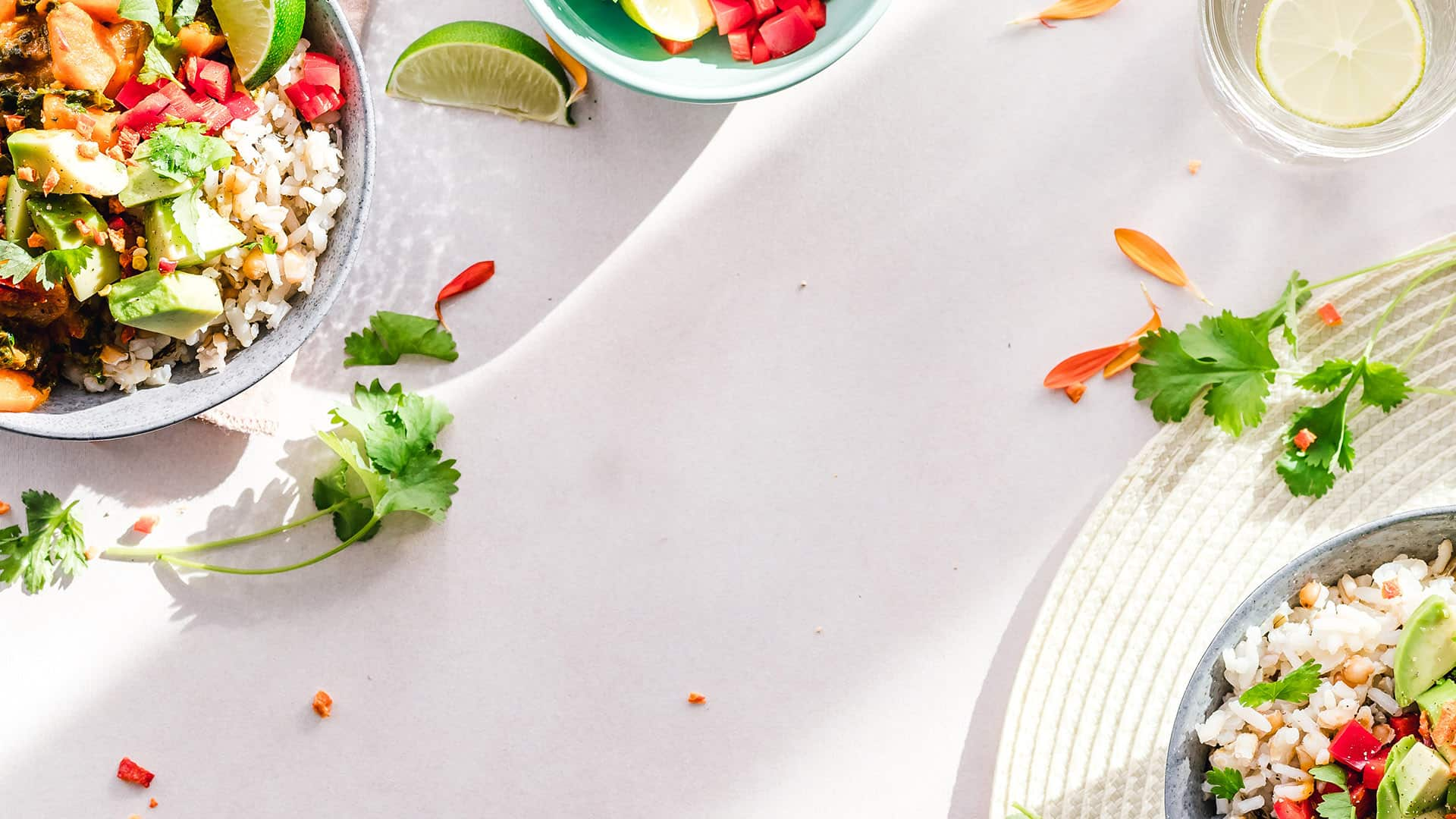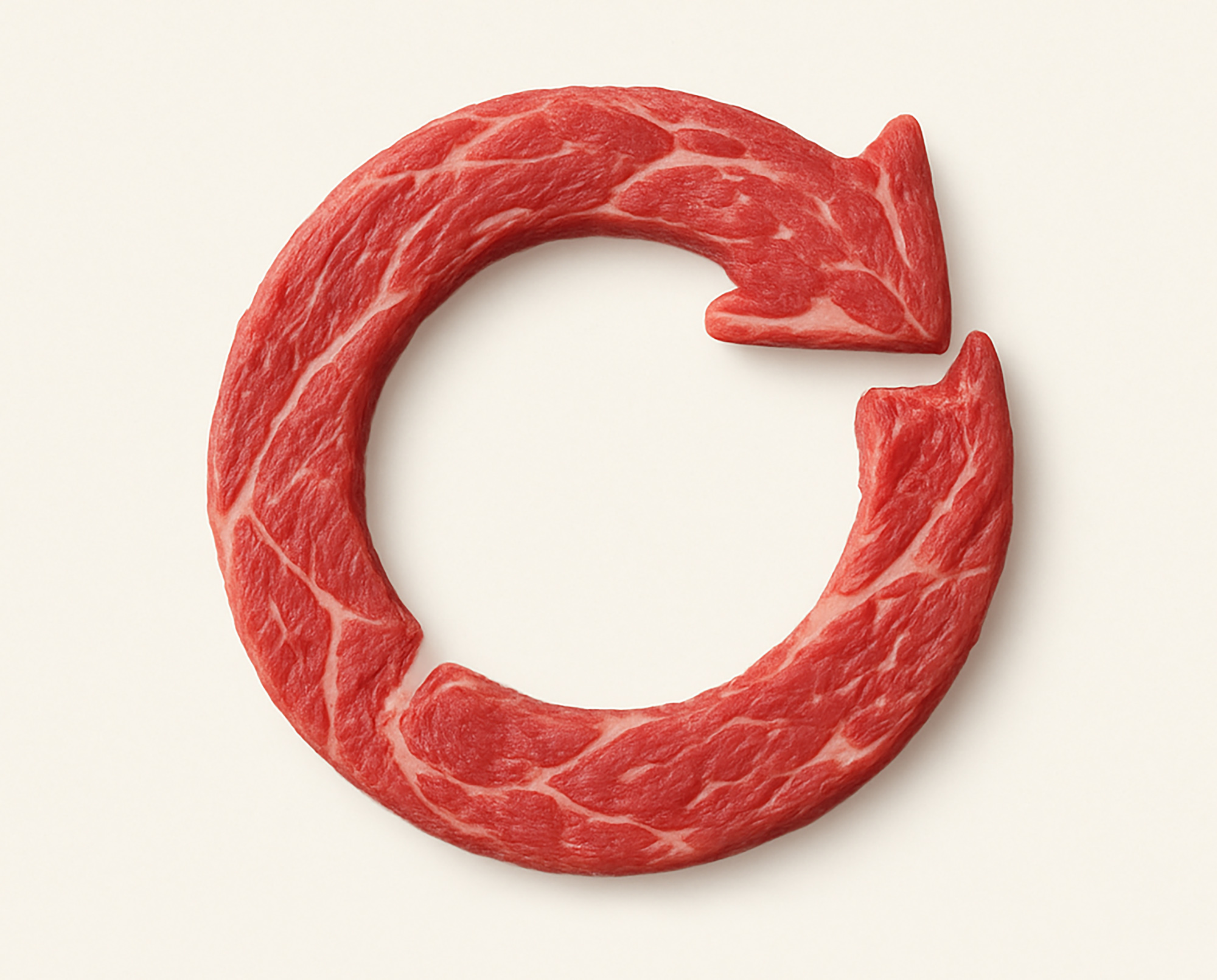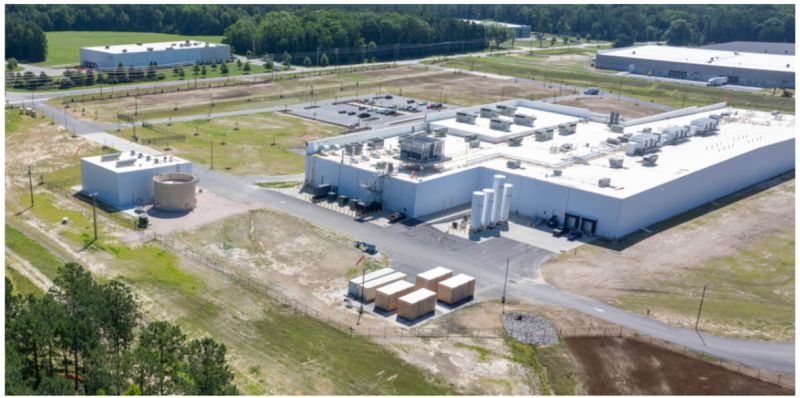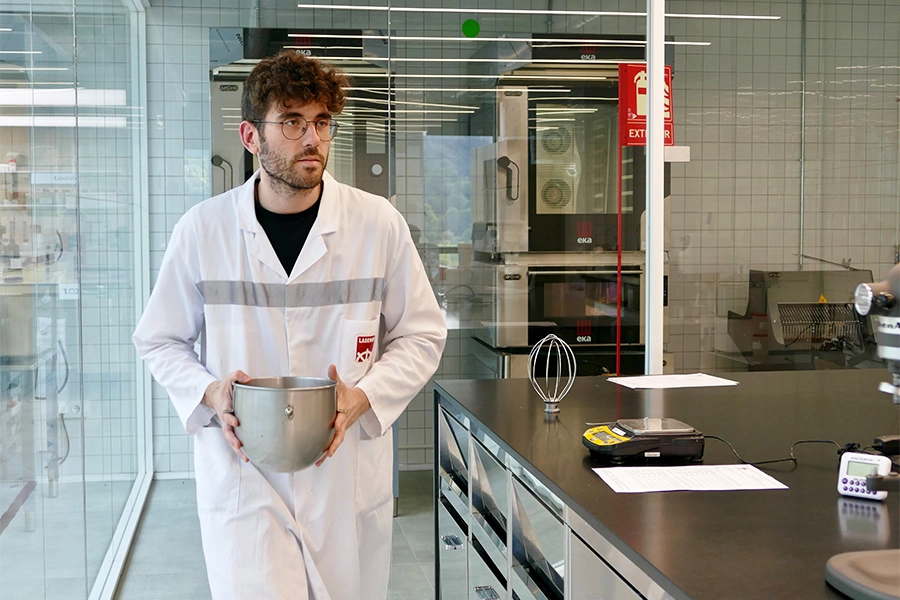

Cultivated meat goes circular: agricultural waste offers key to lower costs and greater scale
A new scientific review suggests that the key to unlocking affordable, scalable cultivated meat might be hiding in plain sight – on the farm, in the form of agricultural side-streams.
In their paper Cultivated Meat Meets Upcycling: Unlocking the Potential of Agricultural Side-streams, Charlotte Charteris (School of Chemical Engineering, University of New South Wales, Australia) and Johannes le Coutre (Professor - Food and Health, UNSW) explore how crop by-products, often discarded or used as low-value animal feed, could instead provide critical inputs for cell-cultivated meat production, helping solve two of the industry's biggest challenges: cost and scale.
“Production of cultivated meat could become more economically feasible through repurposing agricultural side-streams,” the authors write, pointing to the potential for cost savings, environmental benefits, and improved public perception of cultivated meat as a sustainable protein option.
The review focuses on two key applications for these plant-based side-streams: as low-cost components in cell media and as materials for scaffolding – the 3D structures that give cultivated meat its texture and form.
Cell media, the nutrient-rich bath used to grow animal cells, is one of the biggest cost drivers in cultivated meat. Traditionally, media formulations include fetal bovine serum (FBS), a controversial and expensive animal-derived product, which can cost more than $1,000 per liter. Even the best serum-free alternatives rely on high-purity proteins like albumin, transferrin and insulin – some of which can cost hundreds of thousands of dollars per kilogram.
Charteris and le Coutre point to a radically different solution: using protein isolates and hydrolysates derived from plant-based by-products such as rapeseed meal, soybean meal, and peanut meal. These materials are not only abundant but orders of magnitude cheaper – costing as little as 25 cents per kilogram in their raw form.
Studies cited in the review show promising results. Rapeseed protein isolate, for example, has supported strong cell proliferation in both bovine and fish cell cultures. Enzymatically hydrolyzed soybean and peanut meal proteins have also demonstrated the ability to replace or supplement FBS in some contexts.
The review highlights that these proteins can be further processed – through hydrolysis and fractionation – to increase their bioavailability and function as cell growth promoters. However, the authors caution that processing steps add complexity and cost, and must be optimized carefully for commercial use.
The other key application is in scaffolding, which provides the structural support for cells to grow into realistic, meat-like textures. Many of the same agricultural by-products – rich in proteins and polysaccharides – can be transformed into scaffolds through methods such as decellularization, enzymatic treatment, or 3D printing.
Plant materials like corn husks and jackfruit rind have been successfully used as scaffolds in lab settings, while textured soy and peanut proteins have enabled the creation of porous structures that support the growth of fat and muscle cells. Some studies have gone even further, using combinations of plant-derived bioinks to print multicellular constructs that resemble marbled meat.
In one striking example, a scaffold made from peanut wire-drawing protein enabled cultivated pork fat that closely mimicked real tissue in both texture and aroma. In another, zein – a corn-derived protein – was used to create fibrous scaffolds that maintained integrity even after pan frying.
Valorizing agricultural side-streams offers more than just technical advantages. It also taps into the broader goals of building a circular bioeconomy – reducing food loss, creating new revenue streams for farmers, and making better use of what would otherwise be waste. The FAO estimates that one-third of all food produced globally is lost or wasted each year, while millions of tons of agricultural by-products are burned or landfilled.
Using these materials for cultivated meat could help meet United Nations Sustainable Development Goal 12, which calls for sustainable consumption and production patterns.
However, the review also flags several challenges. Agricultural side-streams vary widely in composition, depending on factors like season, region and processing methods. This can affect reproducibility and reliability. There are also potential risks of contamination – from microbes, pesticides or heavy metals – as well as food allergenicity concerns, especially when using common allergens like soy or peanuts.
Moreover, to fully align with cultivated meat’s ethical promise, these inputs must be free of animal components. While some researchers have explored using animal by-products like egg membranes or pork plasma to improve cell growth, Charteris and le Coutre note that such approaches undermine the goal of moving away from conventional livestock systems.
To better understand the feasibility of this approach, the authors call for further research and a dedicated techno-economic analysis that focuses specifically on agricultural side-streams as inputs. They also highlight the potential for high-throughput screening and AI-driven optimization to streamline testing of new media and scaffolding formulations.
In the meantime, early studies already suggest that by-products from common crops could replace some of the most expensive ingredients in cultivated meat. Rapeseed protein isolate, for example, shows potential not only in supporting cell proliferation but also in contributing to the final product’s nutritional content.
“Agricultural side-streams could contribute to cultivated meat as sources of bioactive compounds and nutrients for cell media or as structural materials for cell scaffolds,” the review concludes.
In other words, the path to affordable, sustainable meat alternatives may start not in the lab—but in the leftovers.
If you have any questions or would like to get in touch with us, please email info@futureofproteinproduction.com






